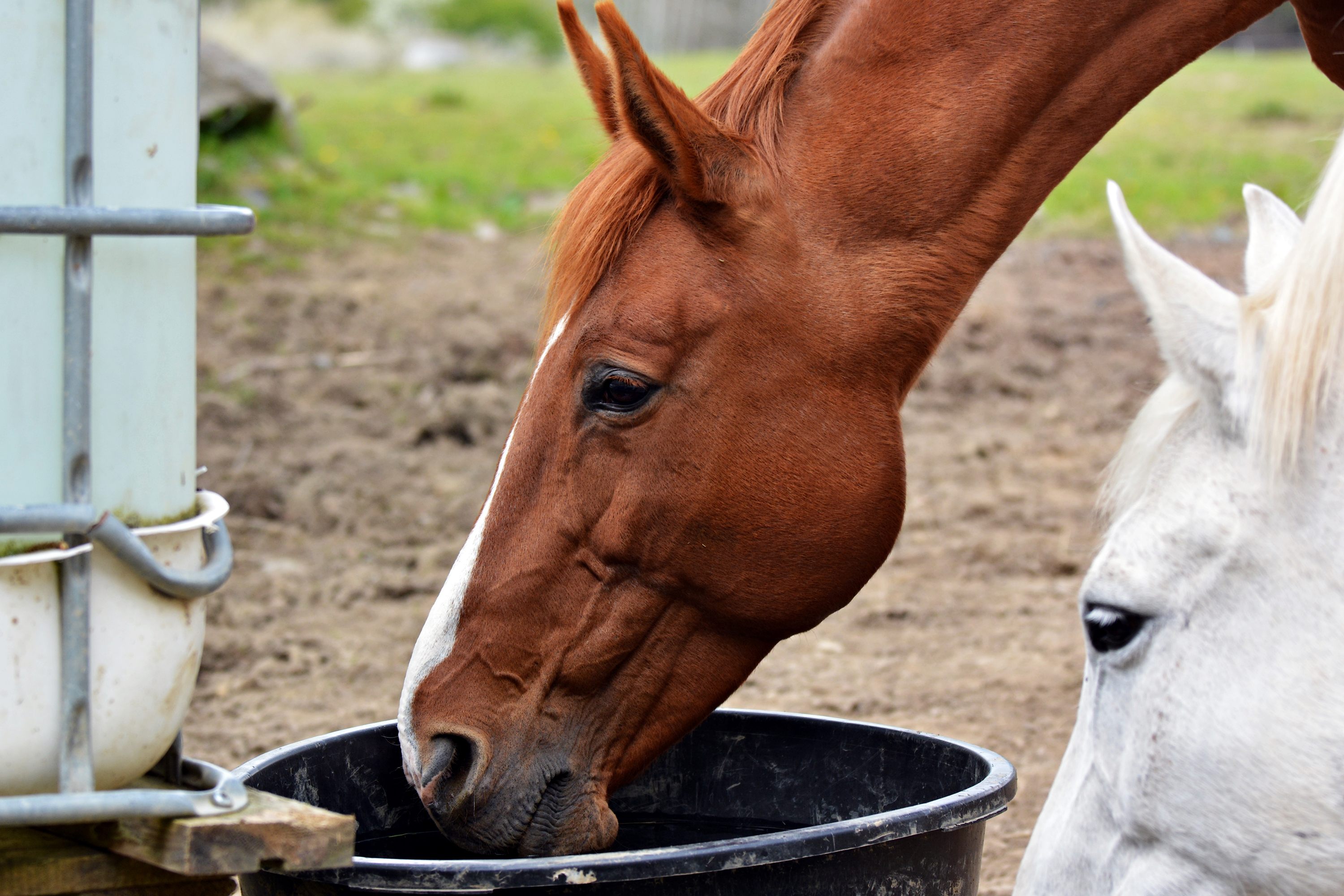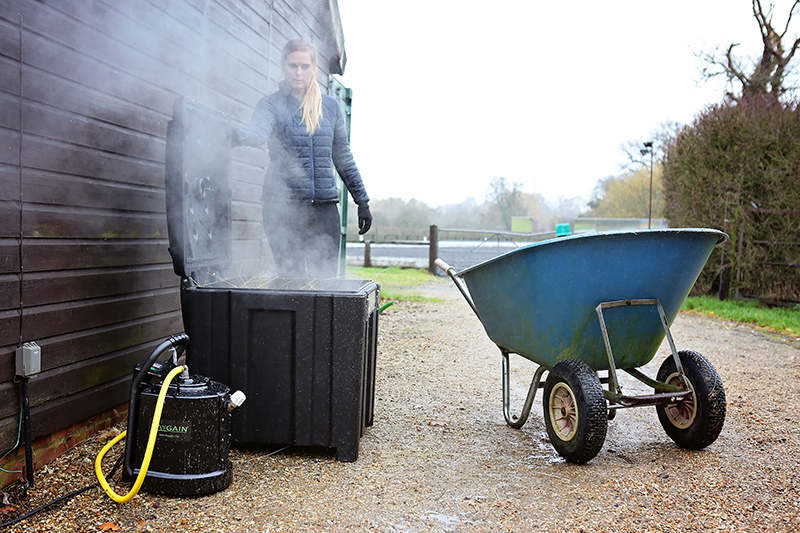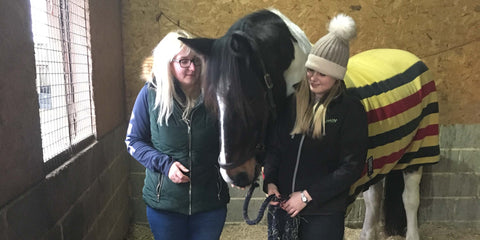How to keep your horse hydrated, happy and healthy this winter
As cold nights become more frequent in the run up to meteorological winter, how much do you know about the impact of winter on how much water your horse drinks?
Haygain, manufacturers of the market-leading Hay Steamers and innovative ComfortStall flooring system, take a deeper dive into why your horse might drink less when it’s cold and why it’s so important to keep your horse hydrated in winter.

Why are horses more at risk of dehydration in winter?
Dehydration occurs when a horse hasn’t taken in enough water, and there are two simple reasons why this may occur more often in winter than the rest of the year. Firstly, when temperatures drop, so will the temperature of the water that is available for them to drink.
Research has shown that horses will drink more water when it’s warm or tepid, meaning they could turn their nose up at very cold water. Old horses with broken or worn teeth may actually find drinking water that’s close to freezing point downright painful, and they will be at greatest risk of dehydration in winter.
Secondly, lots of domesticated horses spend more time eating dried forage and less time eating grass in the winter months. Given that hay is dried grass, it’s no surprise that there isn’t much moisture in hay and, particularly after a rapid change in routine, a horse might miss the fluid they normally absorb from grass.

What happens to dehydrated horses?
The physical signs of dehydration in horses include sunken eyes, skin tenting and fatigue. By the time these signs are showing the horse will have lost around 5% of their body weight in water, which is a considerable amount. That means a 500kg horse will have lost 22kgs of fluid – that’s as much as a big bag of hard feed.

Interestingly, the thirst mechanism (caused by high levels of sodium in the blood) is slower to work in horses because they sweat out sodium more easily than humans. That means that the concentration of sodium in the blood remains low even when they’ve sweated a lot, and your horse won’t feel thirsty as quickly as a human would after exercise. So, if your horse undertakes strenuous exercise in winter, it’s worth keeping a close eye on them and taking steps to encourage them to drink (more on that in a moment).
Dehydration can lead to even more serious health complications for our equines, such as impaction colics. Impaction colic is caused by a build-up of dry feed or forage in the large intestine or colon, and dehydration raises the risk of it occurring. The instances of impactions that need treating by the vet rise in the winter months when horses will be eating more dried forage and drinking less water.
How to get horses to drink enough in winter
It’s clear that it is very important to ensure your horse doesn’t become dehydrated in winter to reduce the risk of impaction colic and ensure they are happy and healthy. There are a few steps that are worth taking that should easily slot into your stable management routine:

- Add tepid or slightly warm water to any chopped forage or hard feed to make it ‘sloppy’, so the horse is taking on more fluid without drinking more water.
- Add warm water to buckets, troughs and drinkers as often as you can in the winter months – we know horses are more likely to drink tepid or slightly warm water so it’s worth boiling up that kettle a few times a day.
- Try adding apple juice to water - but make sure you offer them ‘plain’ water too, in case they turn their nose up at the flavoured option. Some horses have shown a preference for flavoured water and will drink more of it than plain water.
- Steam their hay! A steamed bale of hay has 3x as much moisture than a dry bale, so it’s a great way to sneak some more fluid in.

Steaming hay also has a range of other amazing benefits, such as reducing the risk of a horse developing an inflammatory airway disease from hay dust and killing off the majority of mould, fungi and bacteria in the hay.











